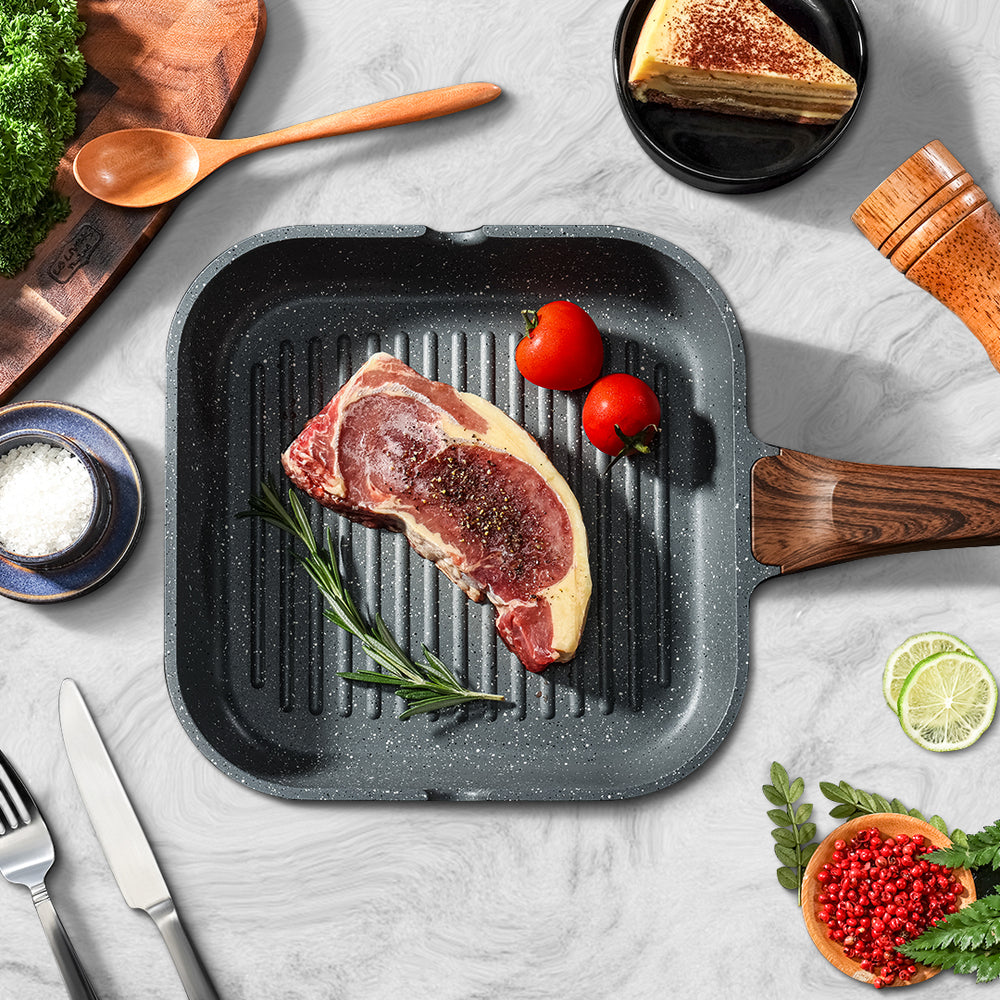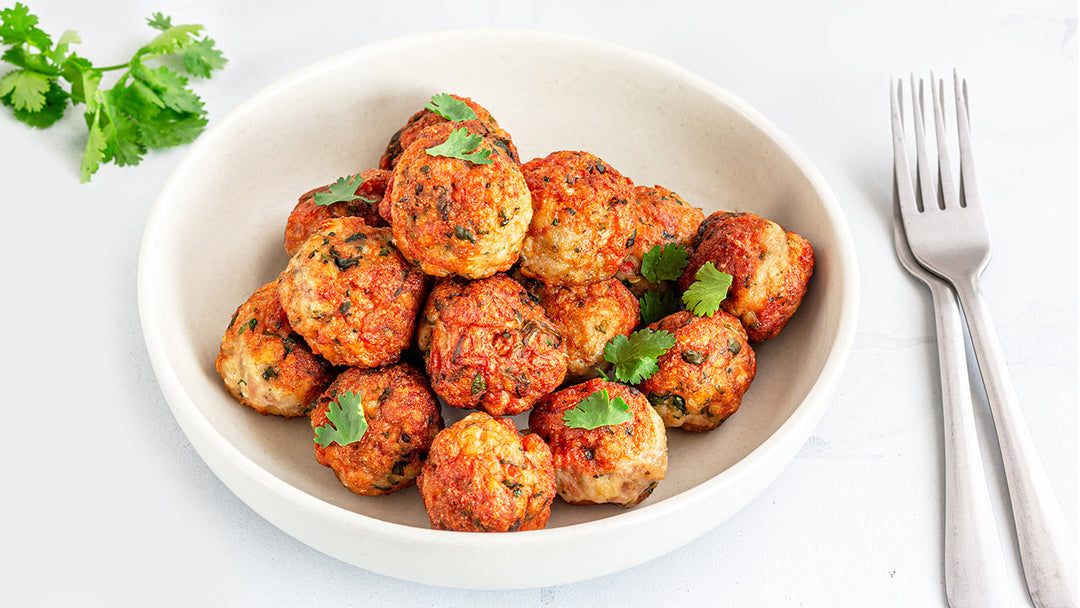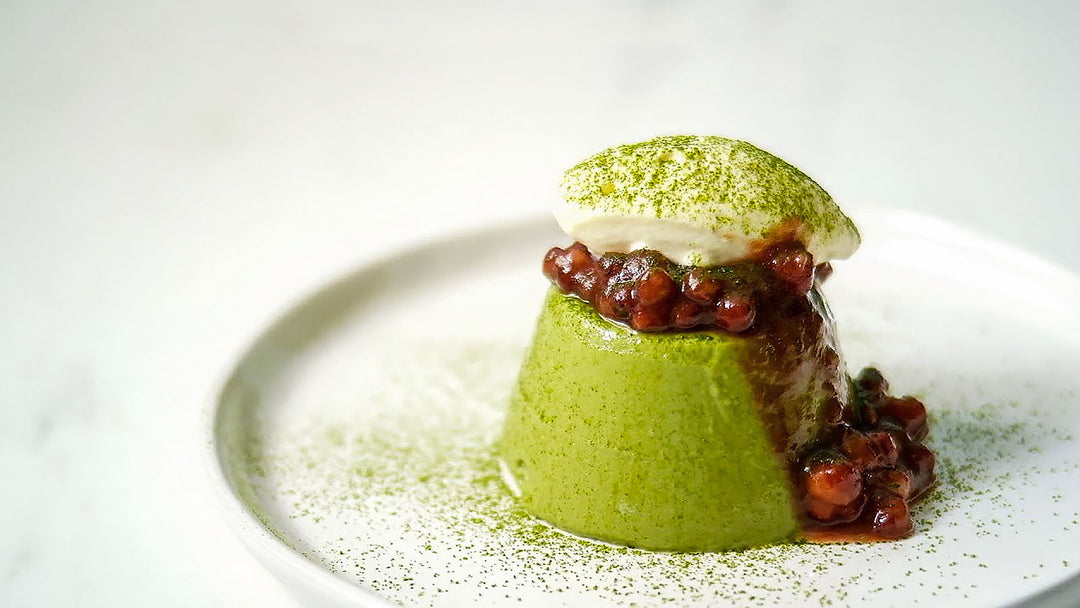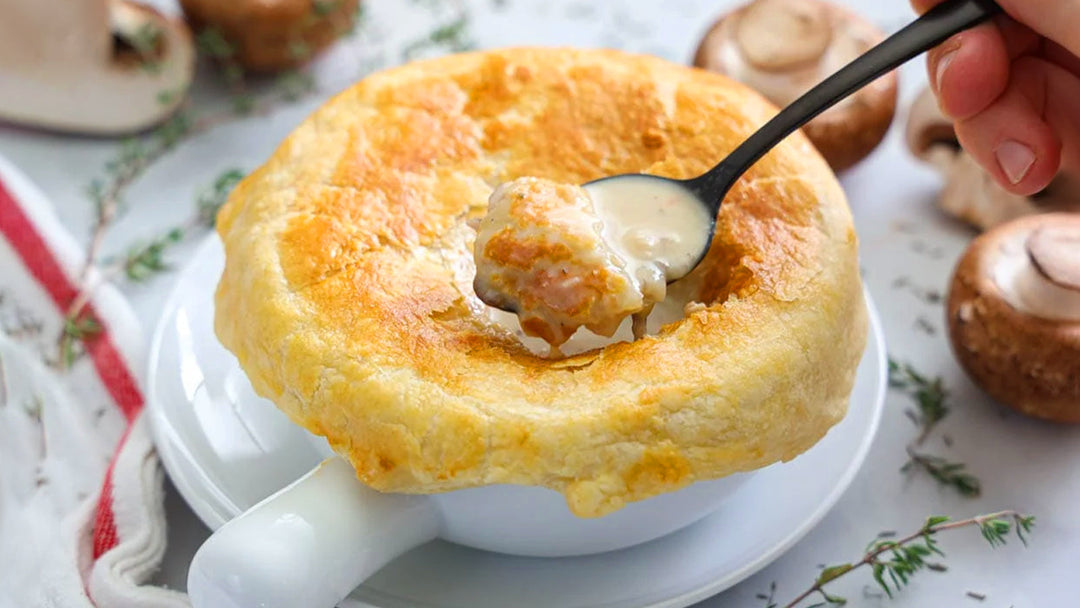How to Achieve Perfect Poached Eggs: Tips & Techniques for Success

Poached eggs are a delicate, versatile dish that can elevate any meal, from a simple breakfast to an elegant brunch. However, mastering the art of poaching eggs can feel like a daunting task for many home cooks. Whether you’re aiming for that perfect, runny yolk to top your avocado toast or an egg that will add richness to a salad or soup, understanding the right technique is key. The good news is, with the right approach and quality tools -like SENSARTE Nonstick Cookware - you can nail poached eggs every single time.
In this blog post, we’ll explore the essential tips and techniques for perfecting poached eggs, as well as how using SENSARTE Cookware can make the entire process easier and more enjoyable in your kitchen.
Why Poaching Eggs Can Be Tricky
Poaching is one of the most delicate egg-cooking methods, where an egg is cooked in simmering water without its shell. The challenge lies in keeping the whites intact around the yolk and achieving that perfect, silky texture without overcooking the egg. This is where technique comes in handy, and with a little practice (and the right tools), you can achieve restaurant-quality poached eggs at home.
Tools You Need for Perfectly Poached Eggs
Before diving into the cooking process, it’s important to have the right tools at your disposal. A key factor in poaching eggs successfully is using quality cookware that maintains a consistent temperature, heats evenly, and is easy to clean. This is where SENSARTE Cookware shines.
- SENSARTE Nonstick Sauce Pan: A medium-sized, nonstick saucepan is ideal for poaching eggs because it offers even heat distribution and prevents the eggs from sticking to the bottom of the pan.
- Slotted Spoon: This allows you to gently lift the egg out of the water without breaking it.
- Small Ramekin: Cracking the egg into a small bowl or ramekin helps you control the dropping of the egg into the water more smoothly.
Step-by-Step Guide to Perfectly Poached Eggs
Now that you have the right tools, let’s walk through the process step by step. Follow these instructions closely for foolproof poached eggs every time.
1. Start with Fresh Eggs
The freshness of the egg plays a crucial role in how well it poaches. Fresher eggs have firmer whites, which helps them hold their shape during cooking. The looser the egg whites, the more likely they are to disperse in the water, leading to a messy result.
Pro tip: To check if your eggs are fresh, place them in a bowl of water. Fresh eggs will sink, while older eggs will float.
2. Boil Water, Then Reduce to a Simmer
In your SENSARTE Nonstick Sauce Pan, fill the pan with water (about 3-4 inches deep) and bring it to a boil. Once the water is boiling, reduce the heat to a gentle simmer. The water should be just below boiling, with small bubbles occasionally breaking the surface.
3. Add a Splash of Vinegar
Adding about a tablespoon of vinegar to the water helps coagulate the egg whites more quickly, ensuring that they wrap around the yolk instead of dispersing. This step isn’t essential, but it definitely helps if you’re still honing your poaching skills.
4. Crack the Egg into a Ramekin
Before adding the egg to the water, crack it into a small bowl or ramekin. This makes it easier to slide the egg into the water without breaking the yolk. Using a ramekin also ensures that the egg is added smoothly and reduces the chance of messy whites spreading out.
5. Create a Gentle Swirl
Using a spoon, create a gentle whirlpool in the water by stirring in a circular motion. This helps to gather the egg whites around the yolk, resulting in a more uniform shape. Be sure not to over-stir, as too much turbulence can cause the egg to break apart.
6. Add the Egg and Cook
Gently slide the egg into the center of the whirlpool. Let it cook undisturbed for 3-4 minutes for a soft yolk, or a little longer for a firmer yolk. The key is to avoid overcooking, as you want the whites to be set but the yolk to remain runny and delicious.
7. Remove the Egg with a Slotted Spoon
Once the egg is done, use a slotted spoon to carefully lift it out of the water. Let the excess water drain off, and if you like, you can gently dab the egg on a paper towel to remove any remaining moisture.
8. Trim the Edges
If necessary, you can trim any rough or wispy egg white edges for a neater presentation. This step is entirely optional but can make your poached eggs look more polished, especially for dishes like eggs Benedict.
Tips and Techniques for Perfect Poaching
Achieving perfectly poached eggs is as much about technique as it is about timing and equipment. Here are a few extra tips to help you master poached eggs like a pro:
- Use a Wide, Shallow Pan: A wide, shallow pan like the SENSARTE Nonstick Sauce Pan or Deep Frying Pan allows you to poach multiple eggs at once and gives the eggs more room to cook evenly.
- Keep the Water at a Gentle Simmer: Too much heat can cause the egg to overcook or break apart. Always maintain a gentle simmer, just below boiling point.
- Don’t Rush the Process: Poaching eggs takes time, and rushing can lead to imperfect results. Be patient and give the egg a full 3-4 minutes to cook through.
- Use Fresh Eggs: This can’t be stressed enough. Fresh eggs are less likely to spread out and will hold their shape better during poaching.
Cooking and Serving Ideas
Poached eggs can be enjoyed in a variety of ways. Here are a few ideas to incorporate them into your meals:
- Eggs Benedict: Poached eggs served on an English muffin with ham and hollandaise sauce make for a classic brunch favorite.
- Avocado Toast: Top your favorite avocado toast with a poached egg for added protein and richness.
- Salads: Poached eggs add texture and flavor to green salads or grain bowls, and their runny yolk creates a natural dressing.
- Soups: Add a poached egg to soups like ramen or tomato bisque for extra depth and heartiness.
- Breakfast Sandwiches: Use poached eggs in breakfast sandwiches for a lighter, healthier alternative to fried eggs.
Why Choose SENSARTE Nonstick Cookware
While mastering the art of poaching eggs involves technique, it also requires the right cookware to ensure consistent results. Here’s why SENSARTE Nonstick Cookware is the perfect partner in your poaching journey:
- Superior Nonstick Performance: The nonstick coating on SENSARTE Cookware ensures that your eggs won’t stick to the pan, making the poaching process smoother and reducing cleanup time.
- Even Heat Distribution: SENSARTE’s high-quality construction ensures even heat distribution, allowing for consistent poaching results.
- Durability: SENSARTE Cookware is built to last, with a durable, scratch-resistant nonstick coating that will hold up over time, even with frequent use.
- Versatility: The nonstick sauce pan you use for poaching eggs can also be used for simmering soups, making sauces, or even frying bacon, giving you more value and functionality in your kitchen.
Conclusion
Poaching eggs may seem intimidating at first, but with the right techniques and tools, it’s easier than you think. By following this guide and using SENSARTE Nonstick Cookware, you can master perfectly poached eggs and bring restaurant-quality cooking into your home. Whether you're preparing a simple breakfast or impressing guests with a sophisticated brunch, poached eggs are a versatile and delicious addition to any meal. Happy cooking!






Leave a comment